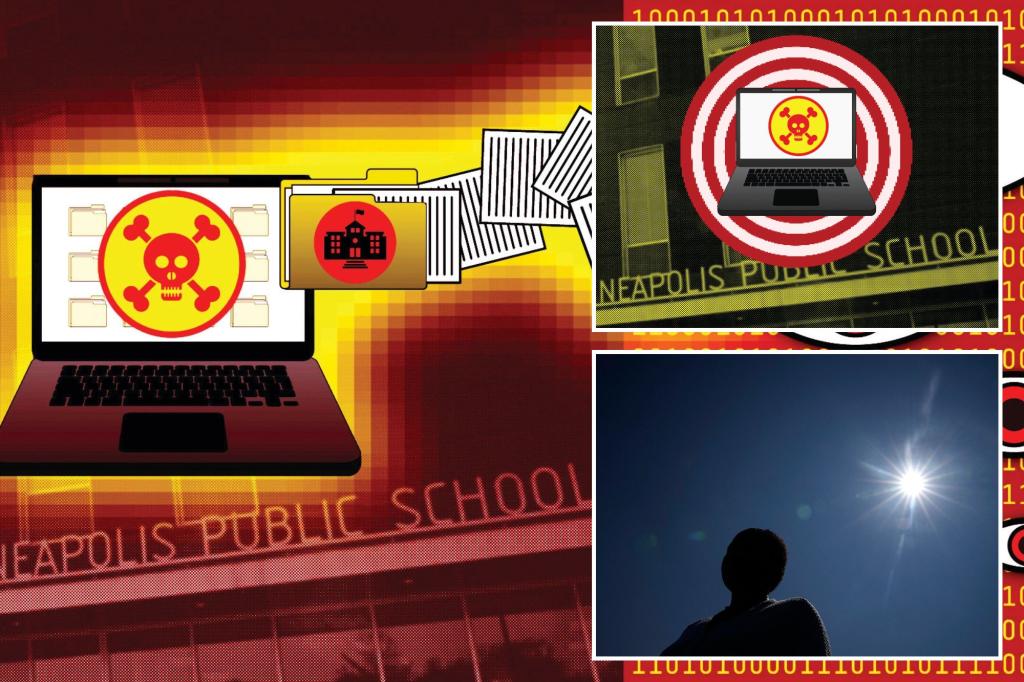Ransomware criminals dump personal information of students online after stealing files from MN school
The confidential documents stolen from schools and dumped online by ransomware gangs are raw, intimate and graphic. They describe student sexual assaults, psychiatric hospitalizations, abusive parents, truancy — even suicide attempts.
“Please do something,” begged a student in one leaked file, recalling the trauma of continually bumping into an ex-abuser at a school in Minneapolis. Other victims talked about wetting the bed or crying themselves to sleep.
Complete sexual assault case folios containing these details were among more than 300,000 files dumped online in March after the 36,000-student Minneapolis Public Schools refused to pay a $1 million ransom. Other exposed data included medical records and discrimination complaints.
Rich in digitized data, the nation’s schools are prime targets for far-flung criminal hackers, who are assiduously locating and scooping up sensitive files.
Often strapped for cash, districts are grossly ill-equipped not just to defend themselves but to respond diligently and transparently when attacked, especially as they struggle to help kids catch up from the pandemic and grapple with shrinking budgets.
Months after the Minneapolis attack, administrators have not delivered on their promise to inform individual victims. Unlike for hospitals, no federal law exists to require this notification from schools.
The Associated Press reached families of six students whose sexual assault case files were exposed. The message from a reporter was the first time anyone had alerted them.
“Truth is, they didn’t notify us about anything,” said a mother whose son’s case file has 80 documents.
US MARSHALS SERVICE ATTACKED BY RANSOMWARE TARGETING SENSITIVE LAW ENFORCEMENT INFORMATION
Even when schools catch a ransomware attack in progress, the data are typically already gone. That was what Los Angeles Unified School District did last Labor Day weekend, only to see the private paperwork of more than 1,900 former students — including psychological evaluations and medical records — leaked online. Not until February did district officials disclose the breach’s full dimensions.
The lasting legacy of school ransomware attacks, it turns out, is not in school closures,…


